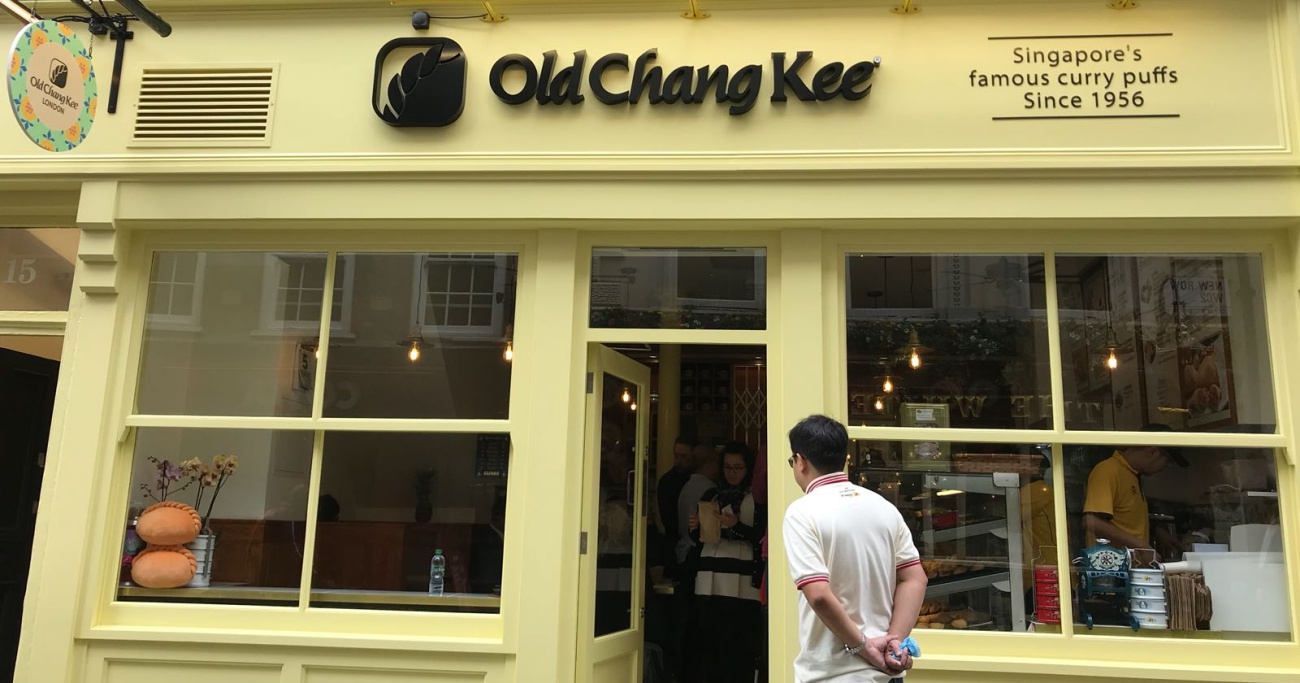Old Chang Kee has opened its first outlet in the United Kingdom.
It is located in Covent Garden, London's premier tourist spot.
One puff is selling for £2.80, which is S$5.01.
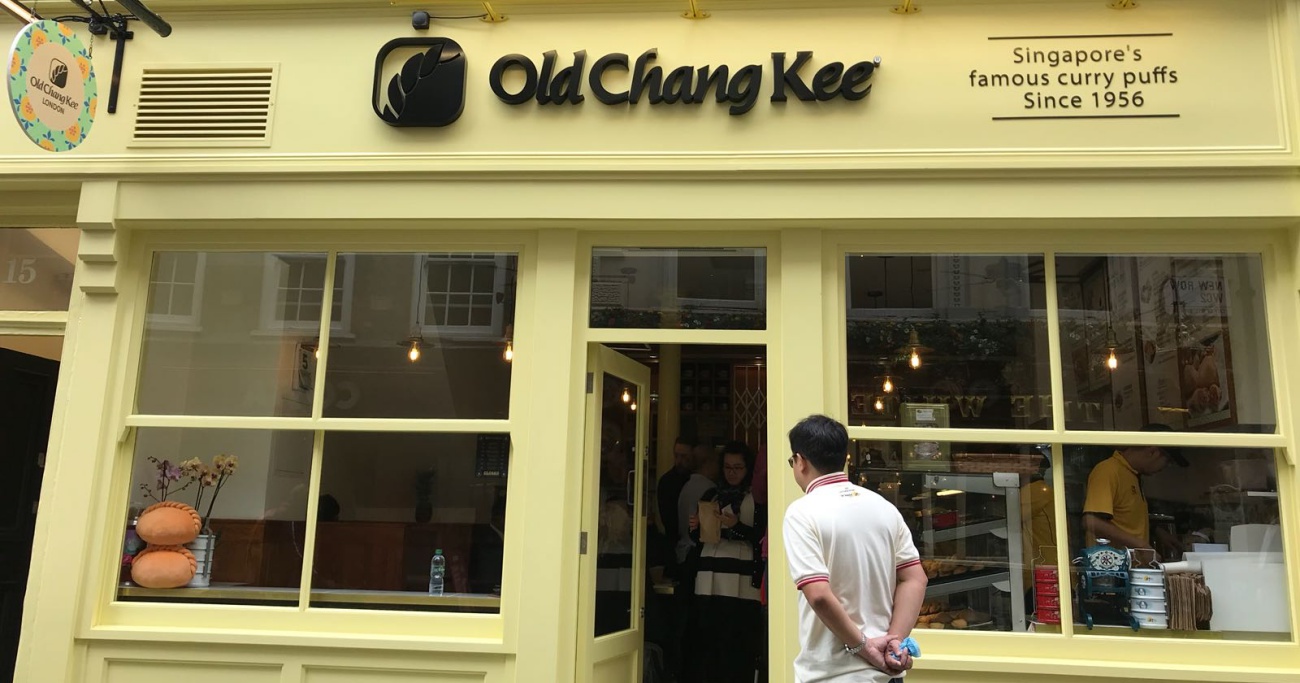 Courtesy of Elle Sarah Ho.
Courtesy of Elle Sarah Ho.
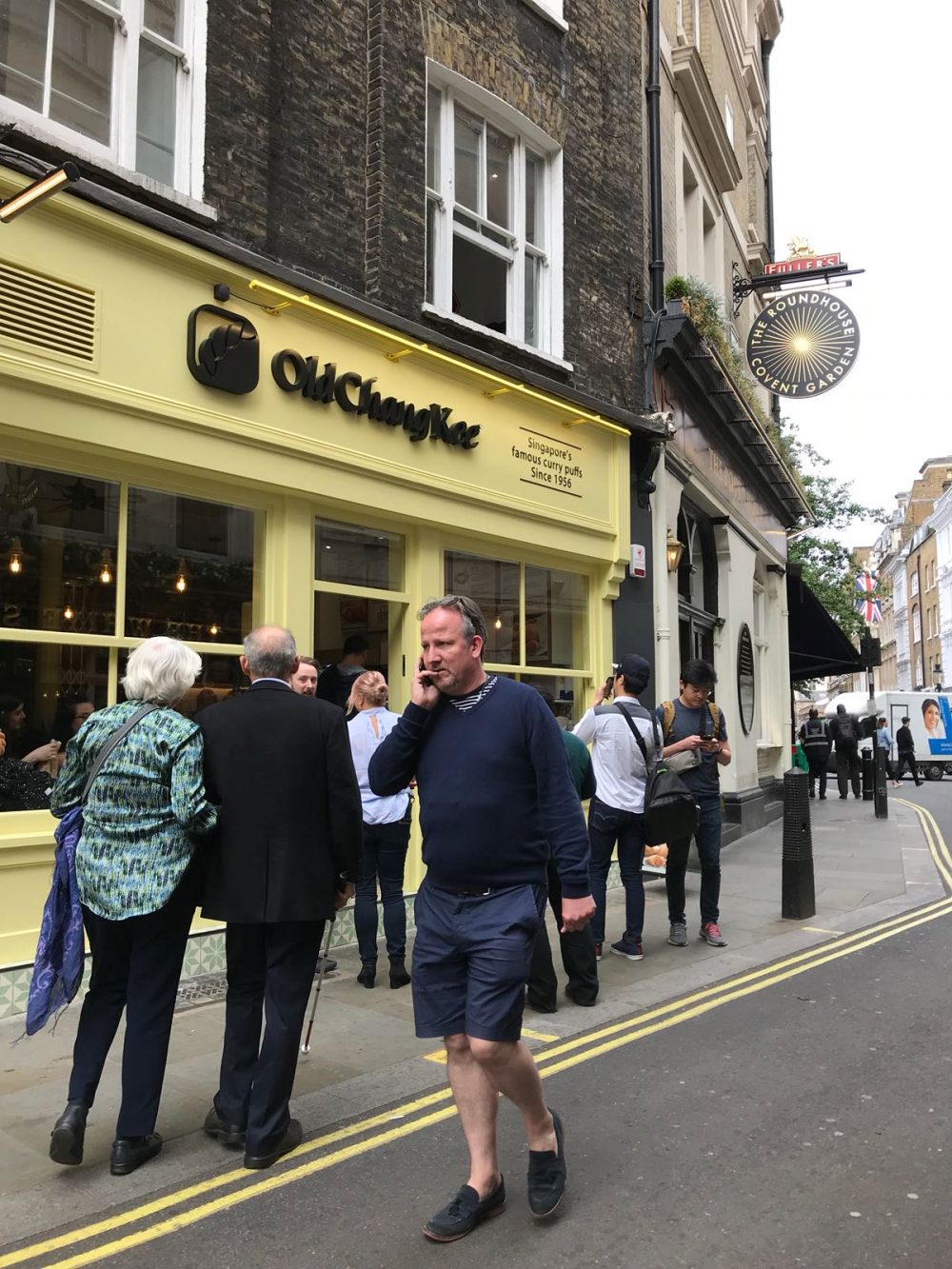 Courtesy of Elle Sarah Ho.
Courtesy of Elle Sarah Ho.
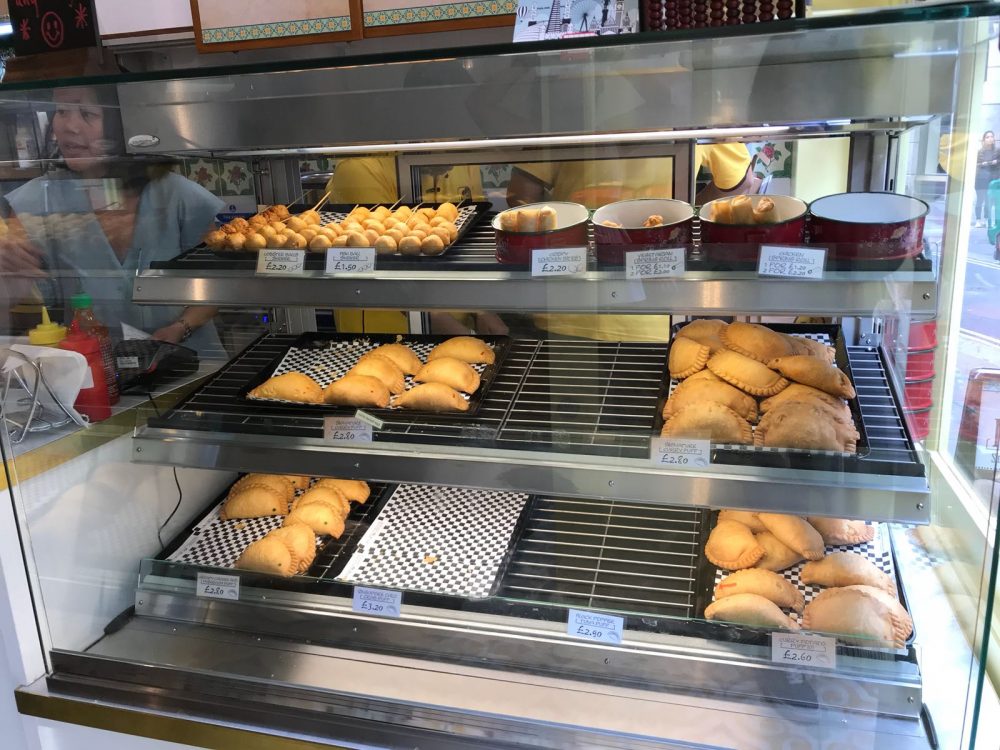 Courtesy of Elle Sarah Ho.
Courtesy of Elle Sarah Ho.
In a poetic justice sort of way, you can say the humble curry puff has come full circle.
What was once a snack created for Singapore’s colonial masters has evolved over time and is finally returning back again to feed the British.
How did we get curry puffs?
Like many of our favourite foods in Singapore, curry puffs were thought to be created to cater to the tastes of our British colonial masters.
The British's fascination with curry actually began in India, way before they came to Southeast Asia.
So, their continued love for it here in the tropics comes as no surprise: Little pockets of curried potatoes encased in buttery pastry? Sure!
Inspired by Indian samosas
The curry puffs we know today were probably inspired by Indian samosas and British Cornish pasties.
Curry puffs first appeared in the Malay peninsula as pastries filled with curried potatos in the 1800s.
Over the years, curry puffs (and their Malay counterpart the epokepok) became a regular street food sold by itinerant hawkers.
The Chinese also modified the curry puff by adding an egg inside.
Did the Hainanese come up with it?
Hainanese immigrants were among the last of the Chinese communities to arrive in Singapore, after the Teochews, Hokkiens, and Cantonese.
Unable to break into the businesses dominated by the other dialect groups, the Hainanese took up jobs as servants (runner boys) and chefs for the British colonial masters.
That's how they became adept at Western cooking, albeit, with a local twist.
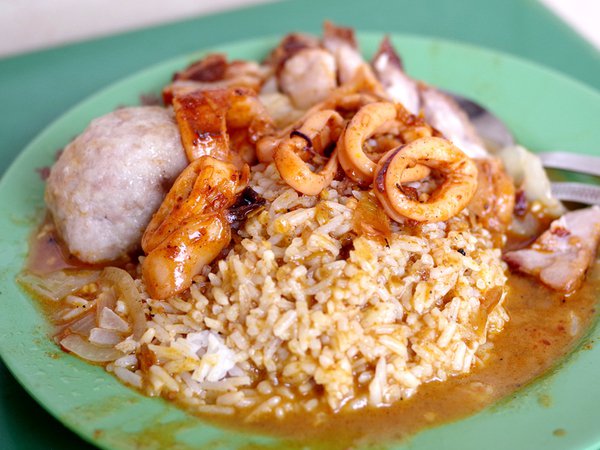 Hainanese curry rice - Hainanese fusion food at its best.
Hainanese curry rice - Hainanese fusion food at its best.
It's not a far-fetch theory that Hainanese chefs were responsible for, or at least, had a hand in creating curry puffs.
After all, they served British masters and had to adapt local food to pander to English taste. Some other fusion dishes mastered by Hainanese chefs for the British include the local type of "Western food" and Hainanese pork chop.
[related_story]
Old Chang Kee curry puffs
The founder of Old Chang Kee himself was a Hainanese who started selling Hainanese curry puffs on Koek Street in 1956.
Back then, Old Chang Kee curry puffs were little buttery packs of fried chicken, curried potatoes, and a slice of hard boiled egg.
Over the years, the recipe for the puff changed and became standardised across all of the Old Chang Kee outlets in Singapore.
It was bought over by Han Keen Juan in 1986.
It started an overseas franchise with outlets in Malaysia, Indonesia, China and Japan, promoting the curry puffs as "a taste of Singapore".
However, the overseas franchises were not profitable and they were closed in 2002.
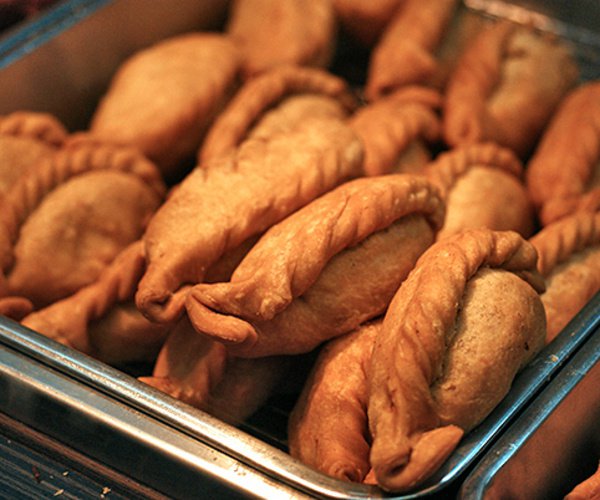 Old Chang Kee curry puffs. Via HungryGoWhere.
Old Chang Kee curry puffs. Via HungryGoWhere.
In 2005, it tried expanding overseas again, but this time with stricter controls on foreign franchises. It now has more than 100 outlets in Singapore, Malaysia, Indonesia, and Australia.
Old Chang Kee’s London outlet opened a month after the chain opened its Singapore flagship shop near Rex Cinema, where it started out as a humble curry puff stall in 1956.
Old Chang Kee's opening of its Covent Garden outlet is its first attempt to branch into the European market.
Perhaps it is befitting, and a little cheeky even, that what was once created for British masters is now being sold back to the British public, at S$5 a puff.
Top image courtesy of Elle Sarah Ho
If you like what you read, follow us on Facebook, Instagram, Twitter and Telegram to get the latest updates.
